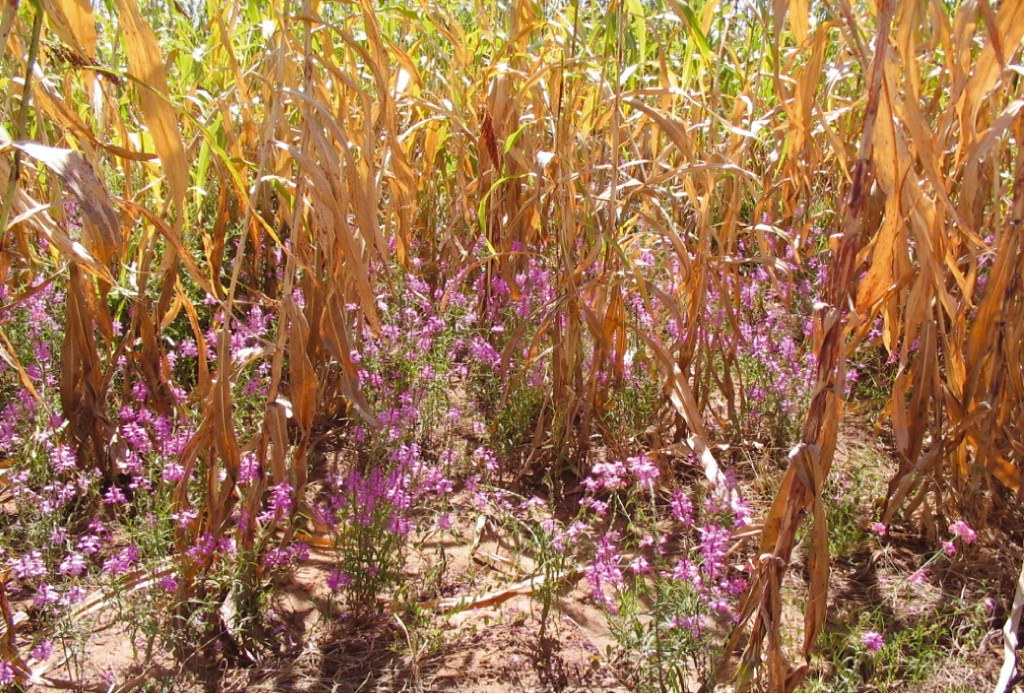 Farmers are losing more than 80 per cent of their crops before harvest to the deadly Striga weed, which is attacking multiple crops yet there are simple non-chemical ways of dealing with it.
Farmers are losing more than 80 per cent of their crops before harvest to the deadly Striga weed, which is attacking multiple crops yet there are simple non-chemical ways of dealing with it.
Striga, which is nicknamed ‘witch weed’ attacks rice, maize, millet, and sorghum, among other crops in most parts of Rift Valley, Western, Nyanza, Central, and Eastern.
This weed is parasitic and it creeps into the holes during planting. The weed is thin but highly destructive.
Tillage
The weed attacks the root system of the crops and extracts moisture and minerals. This leads to poor development and eventual death due to malnutrition, Caleb Adede of the African Agricultural Technology Foundation (AATF) says.
Related News: Kichawi Kill offers farmers first biological control of deadly striga weed
Related News: How push-pull technology arrests devastating Fall armyworm, Stemborer & Striga weed
Minimum tillage is one of the leading ways of dealing with this weed. It involves sowing without digging after the previous harvest.
Minimum tillage gives limited disturbance to the soil besides reducing chances of multiple seed germination.
Minimum tillage also reduces soil moisture loss. Dismal or no rain soon after planting does not threaten the crop at its tender age.
At the same time, sufficient moisture gives rise to strong seedlings which can resist the impacts of the weed, according to Access Agriculture.
Rotation and intercropping
Crop rotating and intercropping methods would help in reorganising the growing pattern to ensure the propagation of less vulnerable crops with susceptible ones. In this case, maize can be grown in one season and be intercropped with legumes such as cow peas, mucuna, and other cover crops.
Cover crops not only smoother the weeds when grown with maize which is tall, but also reduce sunlight penetration into the stem and floor areas of the field, therefore, limiting the synthesis of food in the weed, leading to death.
Cover crops, being leafy, would increase the soil’s fertility after harvesting following the decay of the heavy biomass.
If the cover crops manage to smoother most of the weeds before maturity, this would also break the reproduction cycle. The repeated practice would eventually lead to the dying out of the witchweed.
Related News: Innovative farmers use coriander (dhania) to attract & kill pests
Resistant varieties
The use of resistant varieties is a short-lived effective reprieve for farmers. The weed will continue multiplying and affecting vulnerable crops which may not have alternative resistant varieties.
Rice growers can adopt Nerica 2, 3, 4, 8, and 10 varieties, which are highly resistant to the witch. Nerica 5, 9, and 17 are moderately resistant.
For maize, the Imazapry Resistant variety can help farmers dodge this deadly witch.
















Comments powered by CComment